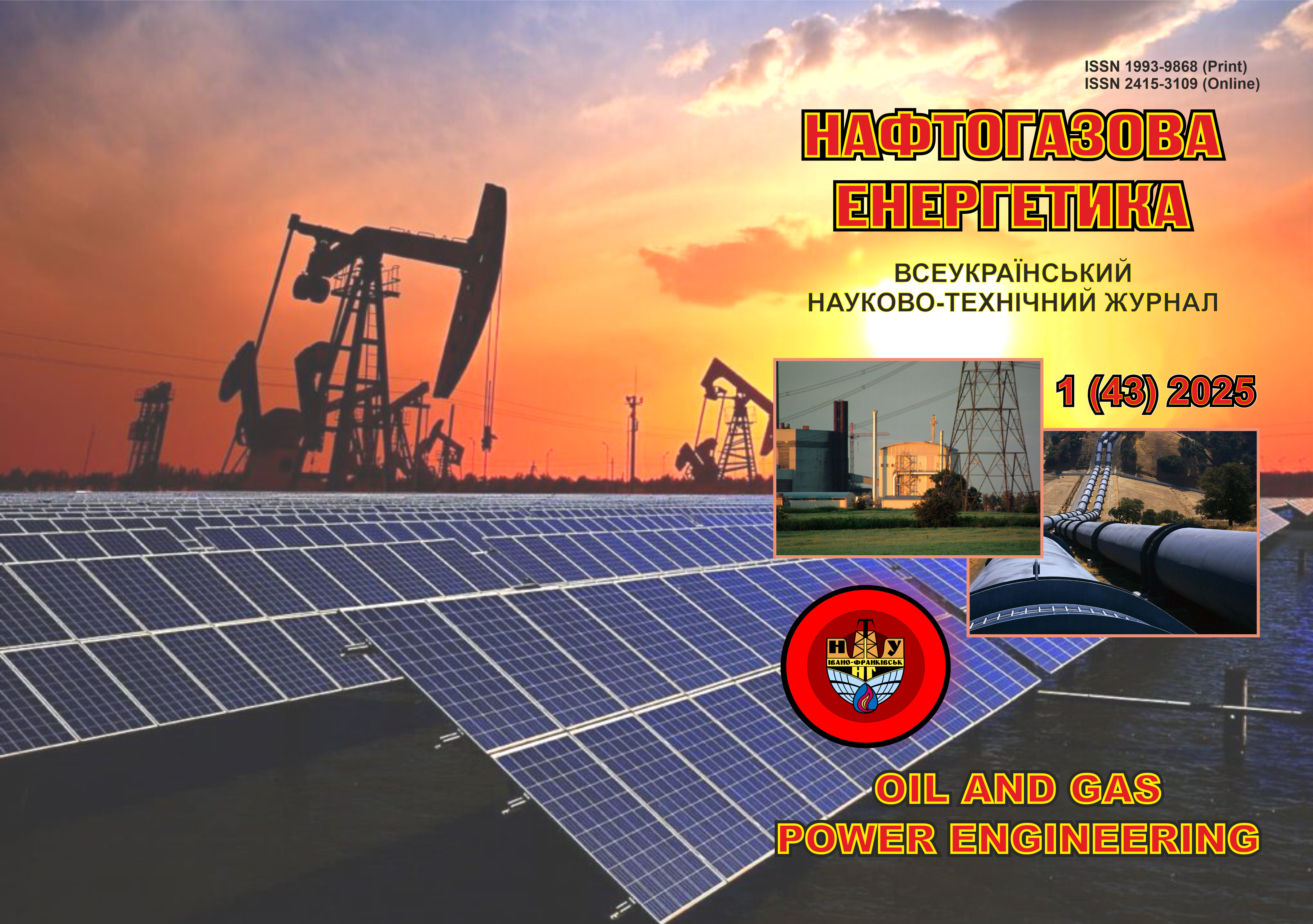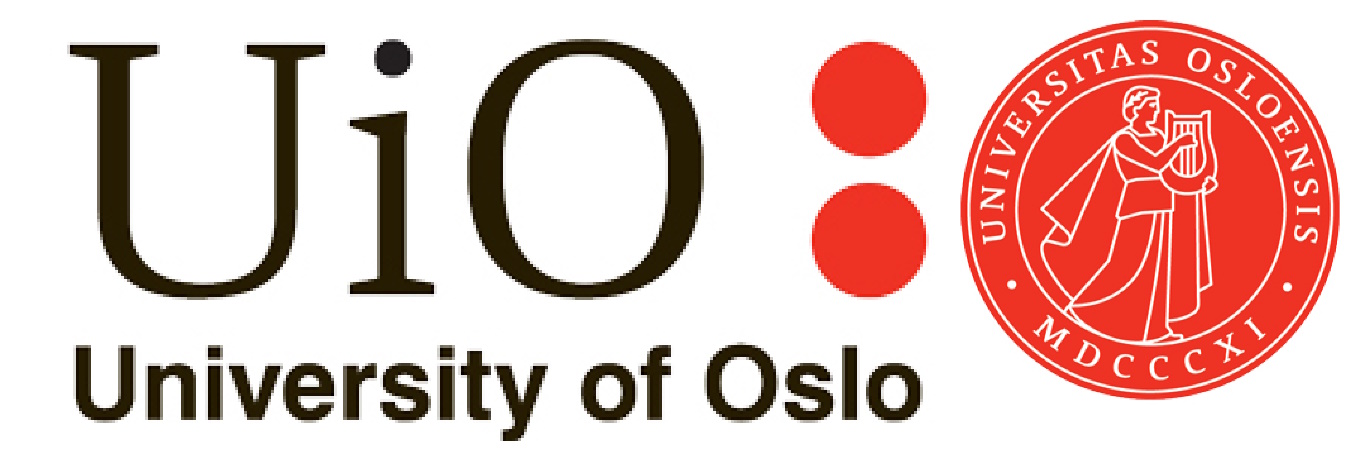RESEARCH ON THE BLOCKING CAPACITY OF JUMPING FLUIDS IN THE CONDITIONS OF CAPITAL AND CURRENT REPAIR OF WELLS
DOI:
https://doi.org/10.31471/1993-9868-2025-1(43)-41-49Keywords:
well shut-in; modeling, chemical solution, breakthrough pressures; formation blocking research setupAbstract
Key to increasing the carbon efficiency of productive formations is ensuring the preservation of reservoir properties during major and routine well repairs. The filtration characteristics of wells in challenging mining and geological conditions are most effectively preserved using clay-free polymer and emulsion flushing systems. However, the use of biopolymer systems at great depths, where formation pressures and temperatures are high, is limited due to their low blockage breakthrough pressures, which are a result of their heat resistance and density. One solution to this problem is to develop heat-resistant systems that increase their blocking characteristics as the temperature rises. The breakthrough pressures of the main jamming solutions were determined and the most effective composition for preserving the productive characteristics of productive horizons was selected on a specially designed installation. It was found that most of the killing fluids used do not meet the geological and technical characteristics of the wells. Namely, they cannot withstand the temperature regime at the bottom of the well, have low breakthrough pressures and reduce viscosity, thereby increasing filtration into the pore space. The change in the main physicochemical characteristics of killing solutions under the influence of high temperatures, as well as the effect of the main components of killing fluids on breakthrough pressures and the conditions for removing killing fluids from wells, were considered. Based on the research conducted, a recipe for a killing system based on magnesium and ammonium salts is proposed. Under conditions of high reservoir pressures and temperatures, this system provides the highest possible breakthrough pressures of up to 45 MPa, due to a sharp increase in density and minimised filtration. It was determined that the main factor in maintaining reservoir productivity is ensuring high breakthrough pressures and high rates of killing fluid removal from the well bottom.
Downloads
References
Mazur I. M. Mekhanizm zabezpechennia ekonomichnoi efektyvnosti funktsionuvannia naftohazovydobuvnykh pidpryiemstv: monohrafiia. Ivano-Frankivsk. Symfoniia forte, 2011. 296 р. [in Ukrainian]
Polituchyi O.I. Burinnia naftovykh i hazovykh sverdlovyn: navch. posib. Poltava: NU «Poltavska politekhnika imeni Yuriia Kondratiuka», 2021. 170 р. [in Ukrainian]
Koroviaka Ye.A. et al. Promyvalni ridyny v burinni: Pidruchnyk dlia studentiv spetsialnostei 184 «Hirnytstvo» ta 185 «Naftohazova inzheneriia ta tekhnolohii». Dnipro: Zhurfond, 4-te vyd., dop. 2023. 420 р. [in Ukrainian]
Boiko A.H., Dudzych V.V. Dosvid zastosuvannia innovatsiinykh tekhnichnykh rishen, spriamovanykh na zberezhennia yemnisno-filtratsiinykh vlastyvostei produktyvnykh kolektoriv v protsesi yikh pervynnoho rozkryttia i kriplennia. Mizhnarodna konferentsiia GeoDrilling III «Burinnia i rozkryttia plastiv – 2019»: materialy konferentsii, m. Poltava, 17–19 kvitnia 2019 r. Poltava, 2020. P. 48–50. [in Ukrainian]
Makohonov A. V. Sklad ta struktura informatsiinoi systemy dlia orhanizatsii provedennia planovo-poperedzhuvalnykh remontiv. Kharkiv: NTU "KhPI", 2024. No 1 (8). P. 33-40. [in Ukrainian]
Solodkyi V. M., Solodkyi M. A., Holub P. S., Holub O. H. Metody ta tekhnolohiia hlushinnia naftovykh, hazovykh i hazokondensatnykh sverdlovyn na riznykh etapakh yikh ekspluatatsii iz zberezhenniam vydobutku. Rozvidka ta rozrobka naftovykh i hazovykh rodovyshch. 2003. No 3. P.10-12. [in Ukrainian]
Borovyk M. V. et al. Poperedzhennia zabrudnennia hazovykh kolektoriv na DDz. Pytannia rozvytku hazovoi promyslovosti Ukrainy: zb. nauk. prats. 2017. Vol. XLV. P. 72-79. [in Ukrainian]
Xiong Ying, Xu Yuan, Zhang Yadong, Fu Ziyi. Study of Gel Plug for Temporary Blocking and Well-Killing Technology in Low-Pressure, Leakage-Prone Gas Well. SPE Prod & Oper 36 (01): 234–244. February 2021. https://doi.org/10.2118/204213-PA
Kalhor Mohammadi M., Tahmasbi Nowtarki K., Ghalambor A. Successful application of non-damaging drill-in-fluids proves oil production improvement in heavy oil reservoirs. SPE international conference and exhibition on formation damage control, Lafayette, Louisiana, USA. 2020. https://doi.org/10.2118/199326-ms.
Mandal N. G. et al. Non damaging drilling fluid enhances bore hole quality and productivity
in conventional wells of Mehsana Asset, North Cambay basin. SPE/IADC Indian drilling technology con-ference and exhibition, Mumbai, India. 2006. https://doi.org/10.2118/102128-ms
Amani M., Al-Jubouri M., Shadravan A. Comparative study of using oil-based mud versus wa-ter-based mud in HPHT fields. Advances in petroleum exploration and development. 2012. Vol. 4, no. 2. P. 18–27. URL: https://doi.org/10.3968/j.aped.1925543820120402.987 .
Rozchyn dlia hlushinnia ta remontu sverdlovyn: pat. 114362 Ukraina: S2 S09K 8/08. No a201509900; zaiavl. 12.10.2015 ; opubl. 25.05.2017, Biul. No 4. 7 p. [in Ukrainian]
Rozchyn dlia hlushinnia ta remontu sverdlovyn: pat. na korysnu model 105023 Ukraina:
S2 E21V 43/12. No a201509852; zaiavl. 12.10.2015 ; opubl. 25.02.201, Biul. No 1. 5 p. [in Ukrainian]
Sergeev V., Tanimoto K., Abe M Industrial Implementation of Emulsion-Suspension System with Nanoparticles for Oil and Gas Wells Completion and Maintenance. Abu Dhabi International Petroleum Exhibition & Conference. November 9–12, 2020. URL: https://doi.org/10.2118/202915-MS
Arvind D. Patel, Frederick B. Growcock. Reversible Invert Emulsion Drilling Fluids: Control-ling Wettability and Minimizing Formation Damage. SPE European Formation Damage Conference, The Hague, Netherlands, May 1999. URL: https://doi.org/10.2118/54764-MS
Hu T., Zeng Q.X., Li H.L., Xi Y. Study and application of smart pack completion technology. Oil Drill Prod Technol. 2014, 34:32–35. doi: https://10.1016/S0014-3057(01)00041-6
Li Z. et al. Experimental study, characterization and application of starch-graft-acrylamide gel for plugging. Mater. Sci. 2018, 24, 410-416. https://doi.org/10.1021/acsomega.1c06626
Downloads
Published
How to Cite
Issue
Section
License
Copyright (c) 2025 Oil and Gas Power Engineering

This work is licensed under a Creative Commons Attribution-ShareAlike 4.0 International License.


.png)






1.png)









